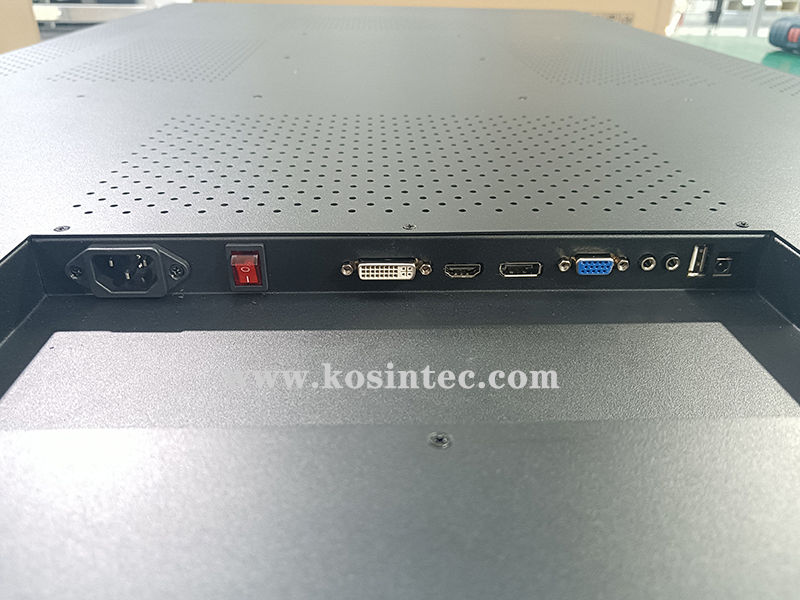Detailed functional requirements: Engage in in-depth communication with customers to understand their expectations for display screen functionality. For example, is it necessary to have touch interaction function to facilitate user information retrieval; Is remote control required to update advertising content anytime, anywhere; Is it necessary to integrate with other systems (such as sales data statistics system, membership management system) to achieve data linkage display.
Display content planning: Clearly define the types of advertising content that the client wishes to display, including text, images, videos, animations, etc. For different types of content, understand their specific requirements, such as font, size, color, and layout of the text; Resolution, format, playback order, etc. of images and videos. At the same time, ask the client if they have a specific display theme or style that can be reflected in the design of the display interface.

Explore the appearance design requirements of the display screen based on the overall style of the customer's brand image and installation environment. Including the color, material, and shape of the borders, the overall shape of the display screen (such as rectangular, circular, irregular, etc.), and whether brand logos or other decorative elements need to be added. At the same time, based on the limitations of installation space and the customer's promotional needs, the size of the display screen is determined to ensure that it can fully display advertising content and harmonize with the surrounding environment.

Production assembly: In a professional production workshop, the display screen is produced and assembled according to the process flow. Firstly, solder the electronic components onto the PCB board and conduct preliminary circuit testing to ensure correct circuit connections and proper functionality. Then, assemble the display panel with the driver board, control board, etc., install touch sensors (if there is touch function), and perform overall electrical connection and debugging. During the assembly process, strictly control the quality of each link to ensure that each component is installed firmly and accurately, with neat and standardized wiring. For the processing and assembly of the casing, precision machining is carried out according to the design drawings to ensure the dimensional accuracy and appearance quality of the casing. Then, the assembled internal components of the display screen are installed into the casing for final fixation and packaging.

If You Have More Questions, Write To Us
Just leave your email or phone number on the contact form so we can provide you with more services!
Copyright © 2021 Shenzhen kosintec Co., Ltd - All Rights Reserved.